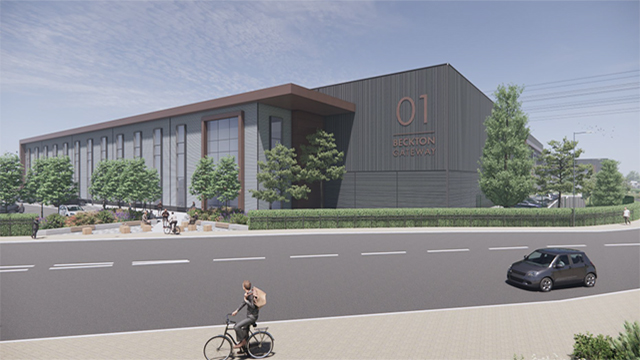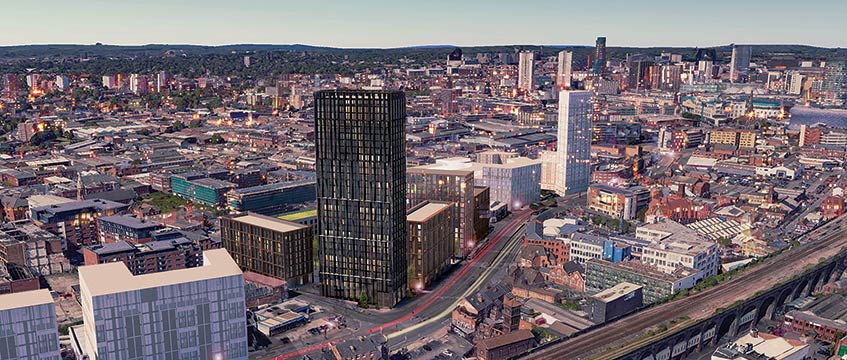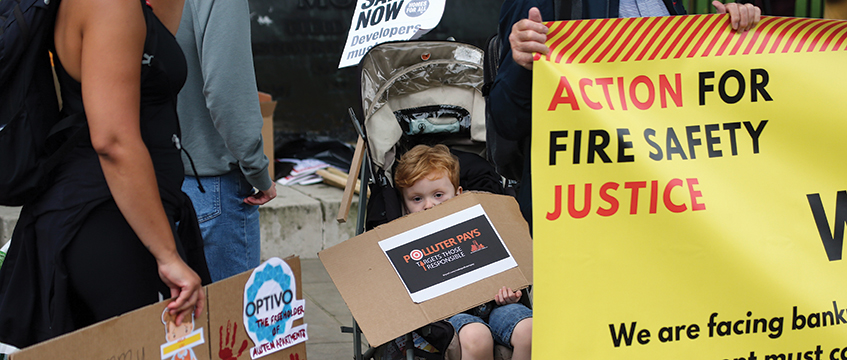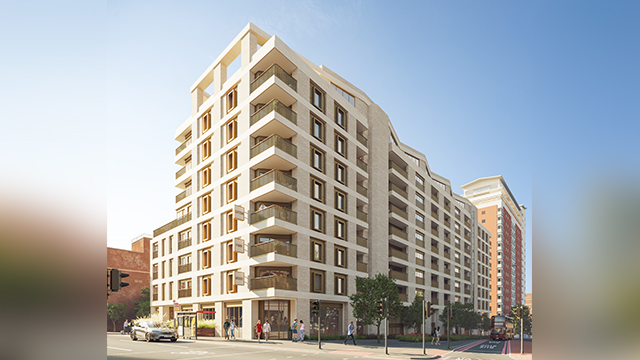by Mike Shaw
My firm’s research figures suggest that the UK land market in 1987 has been characterised by the reduced volume offered for sale, a two-tier residential/commercial market with a 30% premium for good residential units, and the increased use of option agreements on land with development potential as structure plans are scrutinised once more. The market in East Anglia has proved no exception, but what of the prospects for 1988?
As usual, the East Anglian land market enjoyed a buoyant early period, with many of the 140 farming units sold on the open market in Norfolk, Suffolk, Cambridgeshire and Essex commanding encouraging prices. The majority of the remaining farms were sold in the middle of the year leaving very few available from late October-November.
Residential appeal and development potential have been key selling points throughout the area, with farms like the 315-acre Rowhedge Farm, Long Melford in Suffolk selling fast, with willing buyers to spare, or the 450-acre Broomshawbury near Hatfield Broadoak easily breaking the £1m barrier.
The supply and demand for commercial units on Grade 1 land, however, has been limited. Farmers on predominantly Grade 2 land have achieved £1,950 per acre against an East Anglian average of £1,690, while my firm’s East Anglian sales, accounting for approximately one-third of the market, have achieved £1,810 per acre.
The limited supply of commercial farms offered for sale during the year has been most noticeable in Norfolk. While the country house market has been extremely strong, only 34 farms have found buyers: an average price of just over £1,500 per acre reflects the limited demand and poor quality of some properties offered for sale. Towards the end of the year, however, there were encouraging signs that the country house market was being fuelled by Norfolk as well as City buyers. Local prosperity will help to maintain competition for land made available in 1988, but the volume offered for sale is expected to increase, suggesting that the best prices will be achieved early.
Our recently-established Ipswich office experienced a quiet year in the Suffolk market with prices showing considerable variation between bare land values and residential/commercial units. The present squeeze on farmers’ incomes significantly reduced competition between neighbours for bare land, but the continued influence of City money nevertheless produced an average price of £1,900 per acre. If the volume of land sold increases in 1988 then it is likely to be due to part-sales as farmers capitalise on land values supported by City money.
Very few farms changed hands in Cambridgeshire in 1987: vacant possession land values were close to £1,770 per acre, and overall average values approximately £1,700. The demand for development land has been particularly prominent, with various new village sites coming under consideration. The number of farms coming on to the market looks surprisingly restricted. Farmers in the area seem determined (and finally able) to hold on to land, though a few will no doubt be forced to sell. The limited supply for 1988 should ensure a strong demand and stable prices.
In Essex development land values rose sharply through the year, reaching £500,000 per acre around Chelmsford and £1m per acre in the more attractive areas of southern Essex. Agricultural values have been strong in parallel, averaging over £2,150 per acre, with considerable demand for land with residential appeal: the supply of farms, however, has been limited. Many Essex farmers entered the current difficult period in rather good shape. Though farmers in the area remain depressed, because autumn drilling was not a great success following a very disappointing harvest, this is only likely to affect the value of purely commercial units, and the restricted supply of land in 1988 should certainly maintain prices at 1987 values.
The review of structure plans has brought development very much to the fore in 1987. Option agreements between farmers and developers are becoming widespread as the former attempt to capitalise on the high values attained for development land. Values have ranged from £300,000 per acre in parts of Suffolk to £1m per acre in parts of Essex.
Some farmers might well be disappointed with structure plan allocations when they are finalised, but in the light of circumstances in Essex, in particular, there is potential for the allocations for residential, commercial and industrial development changing significantly over the next decade.
The fight for allocation must continue: progress can still be made in persuading the planners to include certain areas of land, and the influence of Stansted Airport and improved communications in Essex and Suffolk is bound to have a considerable impact on planners’ views of development potential.
The high level of interest rates in relation to inflation has had a considerable effect on the ability of purchasers to buy farmland in 1987.
As finance costs fall the purchase of farmland through borrowing becomes increasingly realistic, and a continued fall in interest rates could greatly increase the demand for commercial farming units in 1988 — though this factor could quickly be eradicated if base rates rise again later in the year.
Overall, early indications suggest that there will be a limited supply of land coming on to the East Anglian market in 1988, as in 1987.
Prices should remain stable, certainly in the early part of the year, but farmers should aim to get commercial units on to the market soon to ensure that they meet adequate demand.
But going from the commercial to the other end of the market, what better illustration of strength could there be than the sale of Gateley Hall, near Fakenham, in December. This compact 260-acre estate with a fine house sold for well in excess of the £750,000 guide price despite the advent of Black Monday during the marketing period, its location in less popular Norfolk, and its arrival on the market late in the year. Demand consistently outstrips supply for such attractive residential units, and will continue to do so in 1988.










